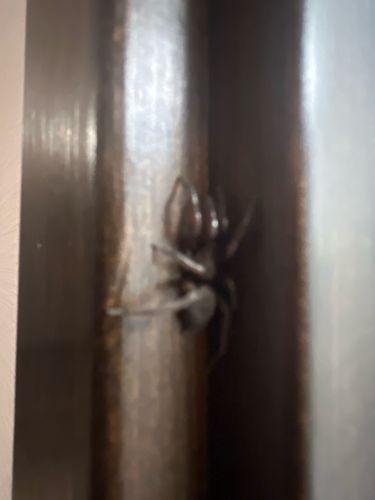Ants
Scientific Name: Formicidae
Order & Family: Hymenoptera, Formicidae
Size: Typically 2 to 25 mm (0.08 to 1 inch) depending on the species and caste.

Natural Habitat
Widely diverse, including forests, grasslands, deserts, and urban environments. They often build nests underground, in wood, or in mounds.
Diet & Feeding
Highly varied; many species are omnivores, feeding on nectar, seeds, fungi, other insects (both living and dead), and household scraps. Some are specialist feeders.
Behavior Patterns
Ants are highly social insects living in organized colonies that can range from a few dozen to millions. They exhibit complex behaviors including foraging, nest building, defense of the colony, and division of labor among castes (queens, males, workers). Many species communicate using pheromones.
Risks & Benefits
Potential risks include property damage (e.g., carpenter ants damaging wood), food contamination, and painful bites or stings from certain species. Benefits include pest control (predating on other insects), soil aeration, seed dispersal, and decomposition of organic matter, contributing to nutrient cycling.
Identified on: 9/29/2025